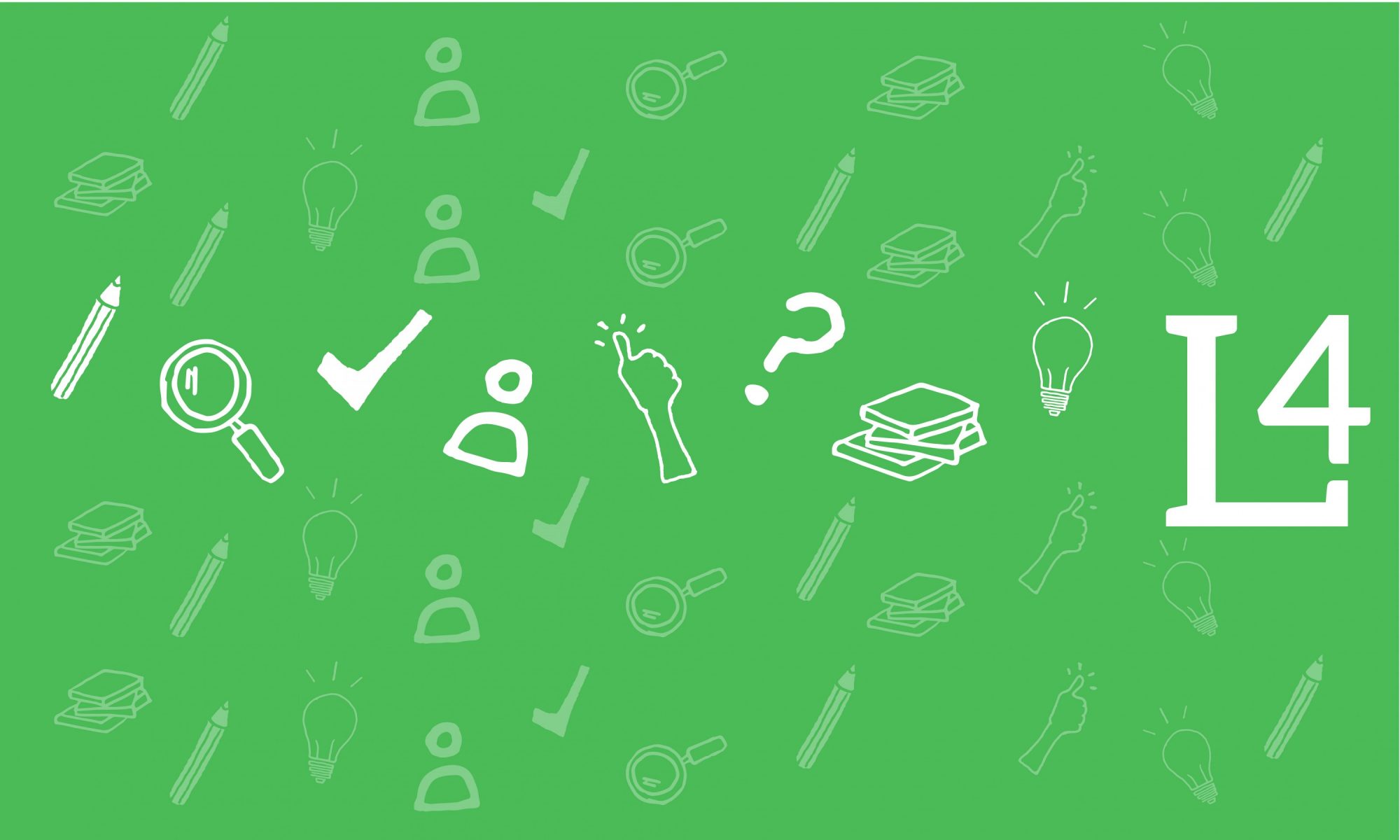Formulate Questions to Advance Learning and Understanding of Course Content
Diana Zhu
Mathematics/NYCCT
MAT1375 Pre-Calculus
Activity Description: Provide a brief description of the activity
Weekly discussion boards will be set up for students to ask questions from the class. Students can view and answer them. I will post feedback for the class to see, and I will take one or two good questions to discuss when I see them in the next class.
Learning Goals: What do you aim to achieve with this activity?
I want to create a learning environment where students are welcomed to ask and answer questions comfortably. I want students to know that their questions are being valued, and that plays a big role in their learning. It gives students another view of learning Math is not just working on Math problems, but formulating questions outside class is a key for deeper understanding of the course content.
Timing: At what point in the lesson or semester do you use this activity? How much classroom time do you devote to it? How much out-of-class time is expected?
A week before the first day of class, I sent students an email to inform them about this discussion board. To get started, I asked them to write a post on the following questions: “What is your view on Math learning?” “How do you learn the best? Independently or in groups?” and “What are your expectations for this class?” I have a few reasons for giving them this: first, I get to know students before the first day. Second, it helps me design my classroom setting according to class topics. Third, I can track how many students have access to Blackboard.
During the first day of class, I would go over the Blackboard with students to get them familiar with it and informed them about the weekly discussion boards would be set up for discussion questions. I usually spent up to 20-30 mins on questions they were still confused after the discussions on Blackboard with their peers.
Outside of class, students are expected 10-30 mins on discussion board as posting a question or replying to their peers' questions. For students who did not have questions, I would also encourage them to share the problems they encountered or learned with their peers. For me, I would spend about 40-60 mins weekly as reviewing students' questions and see if they are anything that need to be clarified. I also gave them feedback when they replied to questions on discussion board. Also, sometimes I would send the class an email if what they shared on Blackboard would be beneficial to students before next class.
Logistics: What preparation is needed for this activity? What instructions do you give students? Is the activity low-stakes, high-stakes, or something else?
Students would need to take good notes and use notes to work on their homework assignments. Sometimes, students will have questions by reading notes or working on homework questions. I was very flexible with questions they had from the class, and I just posted the weekly discussion board after each class. Also, I would send them a gentle reminder along with class update. When students got busy with their high school assignments or exams, I would remind and ask them to post questions after they finished with them. I think this activity can be low stakes if students ask very basic questions. It can be high stakes if students want to generate a question that requires deeper thinking. Sometimes, students may not understand others' questions because they did not have a good understanding of the content that the question is focused on. In general, formulating a question can be harder than answering a question.
Assessment: How do you assess this activity? What assessment measures do you use? Do you use a VALUE rubric? If not, how did you develop your rubric? Is your course part of the college-wide general education assessment initiative?
I counted this activity part of students' participation grades. In addition, students' in-class participation weighs more, but I did not tell that to the students. In class, I tried to cold call every student to get them engaged; I would ask students to come to board to show their work. I created a simple rubric that focuses on "initiative", but I did not make full use of it. Some topics may only require students to apply formulas that did not really give students much confusion where I did not expect questions from them. Therefore, it can be hard for me to assign specific points weekly based on students' discussion questions on Blackboard. Instead, I combined students' in-class participation and their participation on discussion board to assign participation grades for each student.
Reflection: How well did this activity work in your classroom? Would you repeat it? Why or why not? What challenges did you encounter, and how did you address them? What, if anything, would you change? What did students seem to enjoy about the activity?
*Being the first time implementing such activity, I think it went well as students got used to questions in my class.
*I would like to think about alternative ways to help students initiate questions because towards the end, many students would just post their screenshots of questions that they have from assignments. My original intension was helping students to generate questions not simply solving Math problems, but general questions related to the topics.
*Some students had the misunderstanding that if they knew the materials then no need to post questions. I had to have a class conversation to students that even if they understood everything, they were required to answer others' questions or share what they learned from each other's questions and responses. A student talked to me in office that he felt no need to post a question because his confusion can be answered during office hour. I told the student that team/group work is so important not just in school but in future career. I told the student about my expectations for him to share what he asked and learned from office hour to his peers, and he did. I think I would like to have a sheet of specific weekly discussion questions ready for future students and leave a question for students to write one. I think this way, I can check students for understanding and I can use students' common and meaningful questions for in-class discussions. This prevents the problem as no questions being posted on Blackboard occasionally.
*Students enjoyed the activity when they missed a class because they can ask each other questions on discussion boards. When they answered each other's questions, they also tried to be as specific as possible which made me very proud of. They did not rush to just giving out answers but explaining their work.
Additional Information: Please share any additional comments and further documentation of the activity – e.g. assignment instructions, rubrics, examples of student work, etc. These can be links to pages or posts on the OpenLab.
I only used the OpenLab to share the reflection because I could not attach it here. I finally found a way to make the file onto OpenLab with tables shown. Overall, it was a great learning experience for me. Without attending the workshop, I could never come up with discussion board idea for my class to help students form the habit of generating questions and share with their peers. Very appreciate this opportunity.
Please share a helpful link to a pages or post on the OpenLab
https://openlab.citytech.cuny.edu/mat1375cn05/reflection-on-discussion-boards/



